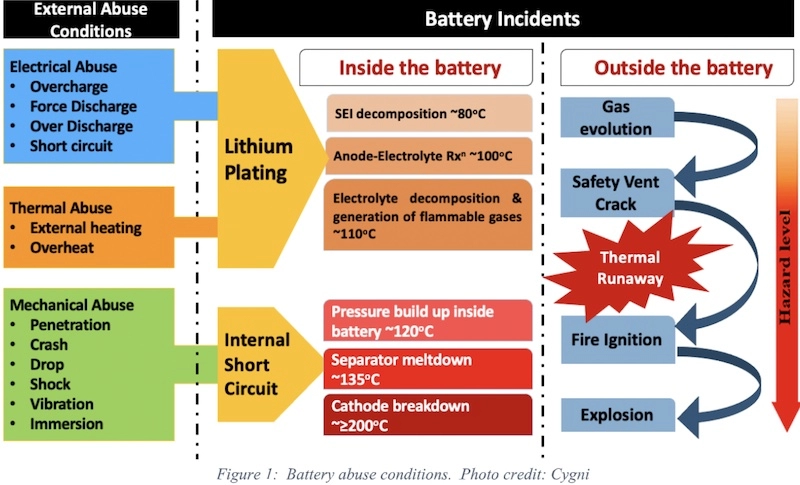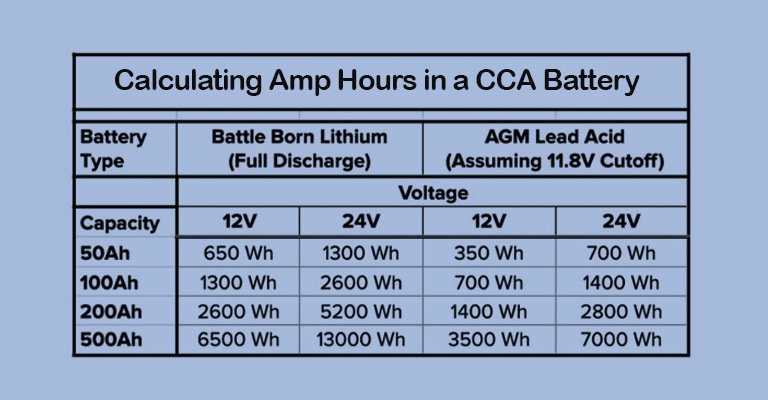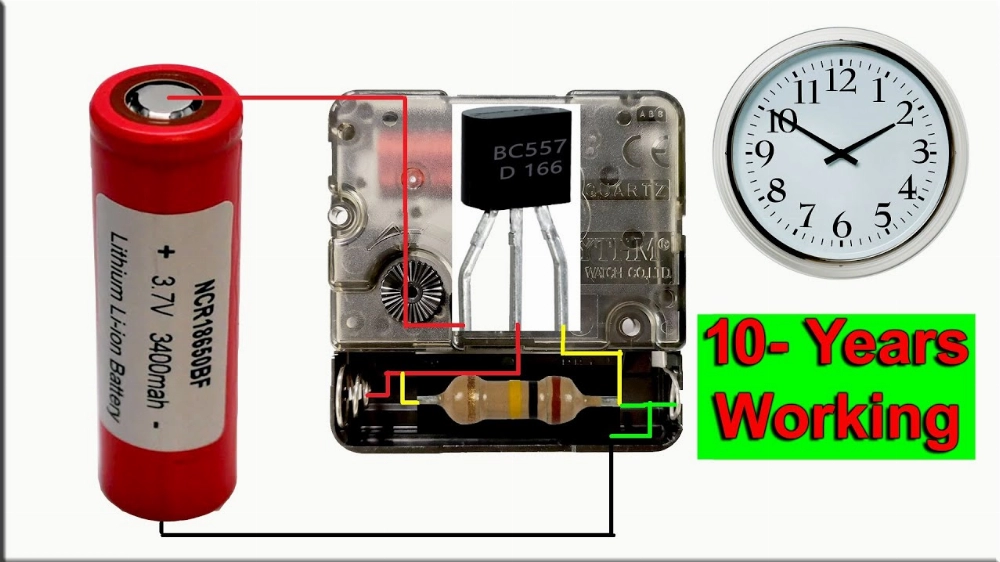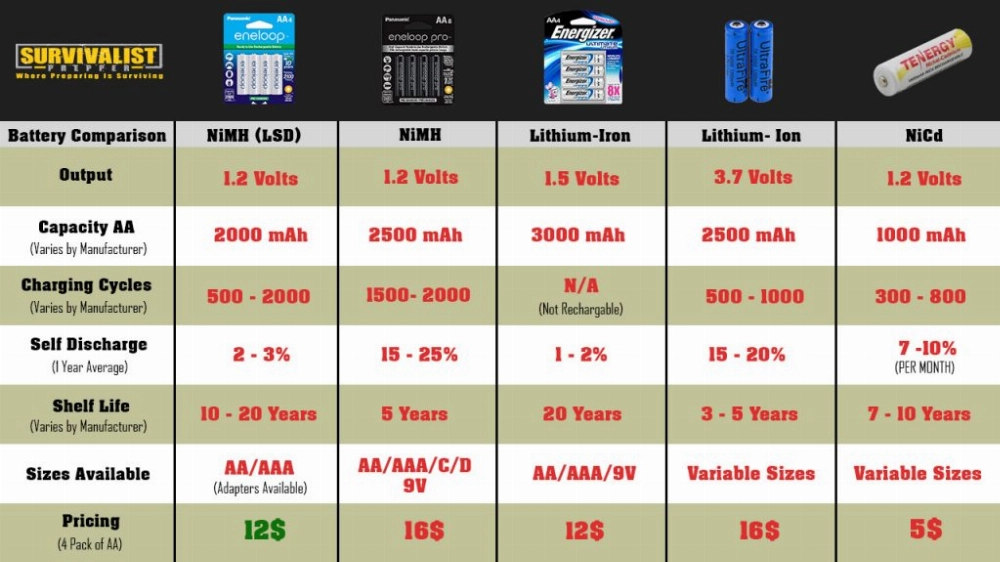Have you ever wondered what to do if you inhale lithium battery fumes? Understanding the risks and knowing how to respond can protect your health and even save your life. Lithium batteries release gases containing toxic chemicals, and exposure can be harmful. This guide explains the dangers, immediate steps to take, and how to stay safe.
Part 1: What are Lithium Battery Fumes?
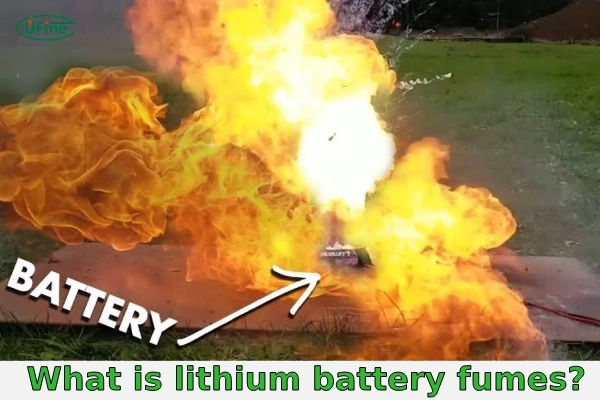
Lithium battery fumes are harmful gases released when lithium batteries are damaged, overheated, or malfunction. These fumes contain toxic substances that can be a serious health hazard. Key components include:
- Hydrogen Fluoride (HF): A highly dangerous gas that can damage your lungs and skin.
- Carbon Monoxide (CO): A poisonous gas that can cause dizziness, headaches, and even suffocation at high concentrations.
- Organic Compounds: Various harmful chemicals that can irritate your eyes, throat, and respiratory system.
To avoid exposure, always handle lithium batteries with care and properly dispose of damaged ones.
Part 2: Why Do Lithium Batteries Emit Fumes?
Several factors can cause lithium batteries to release dangerous fumes, including:
- Thermal Runaway: Excessive heat can cause an uncontrollable rise in temperature, leading to the release of harmful gases.
- Mechanical Damage: Puncturing, crushing, or physically damaging a battery can cause toxic fumes to escape.
- Overcharging: Charging beyond the battery’s limits can damage internal components, resulting in heat and fumes.
- Internal Short Circuit: Defects or damage inside the battery can lead to overheating and gas release.
- Chemical Reactions: Exposure to extreme temperatures or battery management system failures or imperfections can trigger unstable chemical reactions, producing dangerous fumes.
Is it Safe to Use Damaged Lithium Battery Devices?
No, it is extremely dangerous to use damaged lithium battery devices. This can lead to toxic fume emissions, fire, or even an explosion. If you notice swelling, leaking, or other signs of battery damage, stop using the device immediately and safely dispose of the battery.
Part 3: Risks of Inhaling Lithium Battery Fumes
Inhaling lithium battery fumes can be harmful. The main risks include:
- Respiratory Issues: Exposure can cause coughing, shortness of breath, and lung irritation. Severe cases may lead to long-term lung damage.
- Skin and Eye Irritation: Chemicals in the fumes can cause redness, burning, and a stinging sensation.
- Poisoning: Toxic gases like hydrogen fluoride can cause symptoms such as nausea, dizziness, and weakness. High concentrations can be life-threatening.
- Long-Term Health Effects: Repeated exposure may increase the risk of developing chronic respiratory conditions and other health complications.
Symptoms of Inhaling Lithium Battery Fumes
If you inhale lithium battery fumes, you may experience:
- Coughing or throat irritation
- Difficulty breathing
- Chest pain
- Dizziness or nausea
- In severe cases, loss of consciousness may occur.
Seek immediate medical attention if symptoms persist or worsen.
Part 4: What to Do After Exposure to Lithium Battery Fumes
If you inhale lithium battery fumes, take these steps immediately to minimize harm:
- Move to Fresh Air: Immediately leave the affected area and go outdoors or to a well-ventilated space.
- Avoid Further Exposure: Do not re-enter the contaminated area until it has been ventilated and is confirmed safe.
- Flush Eyes and Skin: If fumes cause irritation, flush affected areas with copious amounts of water for at least 15 minutes.
- Seek Medical Help: If you experience difficulty breathing, dizziness, or severe symptoms, seek immediate medical attention.
Lithium Battery Safety Tips | KHZH
To protect yourself, handle lithium batteries with care, store them in a safe place, and properly dispose of damaged batteries. By understanding the risks and taking the right precautions, you can prevent harmful exposure and ensure your safety. For more information on lithium battery safety, consider reading our guide on preventing lithium polymer battery explosions and ensuring safety.
Stay tuned to KHZH for more safety information.
Lithium Battery Fume Safety Guide
Part 1. Lithium Battery Fume Basics
Lithium-ion batteries are commonly found in various electronic devices such as smartphones, laptops, power tools, and toys. While these batteries are reliable, improper handling or damage can lead to the release of harmful fumes, which can pose significant health risks. It’s crucial to understand the dangers associated with lithium battery fumes and how to handle them safely.
Part 2. Health Hazards of Lithium Battery Fumes
Lithium battery fumes may contain toxic substances, including hydrogen fluoride, carbon monoxide, and other harmful chemicals. Exposure to these fumes can result in serious health problems, including:
- Respiratory Problems: Difficulty breathing, coughing, or shortness of breath.
- Skin Irritation: Rashes, redness, or burns caused by direct contact with toxic fumes.
- Poisoning: Inhaling large amounts of fumes can result in poisoning, affecting the nervous and respiratory systems.
If exposed to these fumes, immediate action should be taken to mitigate health risks.
Part 3. Symptoms of Lithium Battery Fume Exposure
If you are exposed to lithium battery fumes, be aware of the following symptoms:
- Breathing Difficulties: Shortness of breath, wheezing, or chest tightness.
- Headaches and Dizziness: Persistent headaches or feeling lightheaded.
- Skin Irritation: Redness, rashes, or burns on the skin.
- Coughing or Nausea: Persistent coughing or nausea.
If any of these symptoms occur, it’s essential to act quickly and seek medical attention.
Part 4. What to Do After Lithium Battery Fume Exposure
If you’ve been exposed to harmful fumes from a lithium battery, follow these steps:
- Seek Medical Assistance: If you experience difficulty breathing, chest pain, or severe skin irritation, seek immediate medical attention. Do not hesitate to call emergency services or go to the nearest healthcare facility.
- Remove Contaminated Clothing: If your clothing has been exposed to the fumes, carefully remove it to prevent further skin contact. Wash any affected skin with soap and water.
- Stay Calm: It’s understandable to feel anxious, but staying calm is crucial. Panic can worsen symptoms and make it more difficult to take necessary actions.
- Dispose of Contaminated Items Properly: If any items have been contaminated by the fumes, handle them carefully with gloves and dispose of them properly, following local regulations. Avoid touching your face or other body parts while handling contaminated materials.
Part 5. Lithium Battery Fume Prevention Measures
To reduce the risk of exposure to harmful lithium battery fumes, follow these preventive measures:
- Handle Batteries Carefully: Always handle lithium batteries carefully to avoid physical damage that could lead to fume release.
- Store Batteries Properly: Store lithium batteries in a cool, dry place away from direct heat or sunlight. Avoid placing them in enclosed spaces where fumes could accumulate.
- Use Recommended Chargers: Always use the charger recommended by the manufacturer. Using incorrect chargers can cause overheating and potential fume release.
- Regularly Inspect Batteries: Regularly inspect batteries for signs of damage, such as swelling, leaks, or unusual odors. Replace any damaged batteries immediately.
- Charge in Well-Ventilated Areas: Charge batteries in well-ventilated areas to prevent fume buildup. Never charge batteries near flammable materials.
- Avoid Overcharging: Always follow recommended charging times. Overcharging can cause batteries to overheat and release harmful fumes.
- Dispose of Damaged Batteries Properly: If a lithium battery is beyond repair or damaged, dispose of it according to local hazardous waste regulations.
Part 6. Protecting Children from Damaged Toys Containing Lithium Batteries
Many children’s toys rely on lithium batteries, and damaged batteries can release harmful fumes. Always inspect toys for signs of damage, such as cracks, swelling, or leaks. If you notice any issues, remove the batteries immediately and dispose of them safely. Keep spare batteries out of reach of children to prevent accidental exposure and ingestion.
Part 7. Safety Tips for Lithium Battery Powered Tools
Lithium battery-powered tools offer high performance but require extra care for safety.
- Avoid overloading or damaging batteries during use, as this could lead to overheating or fume release.
- Always charge power tools in well-ventilated areas.
- Regularly inspect batteries for signs of damage or leaks to ensure they are in good condition.
Part 8. Common Questions
Are lithium battery fumes dangerous?
Yes, lithium battery fumes can be harmful if inhaled. They contain toxic substances like hydrogen fluoride and carbon monoxide, which can cause respiratory problems, skin irritation, and even poisoning.
How do I know if a lithium battery is releasing fumes?
Signs that a lithium battery is releasing fumes include unusual odors, hissing or crackling sounds, swelling or bulging of the battery casing, and visible leaks of liquid or gas.
Are lithium battery fumes flammable?
The gases released by damaged lithium batteries can include flammable and toxic substances.
Can lithium battery fumes cause an explosion?
In rare cases, lithium battery fumes, combined with heat or mechanical damage, can lead to explosions. It’s crucial to take necessary precautions to minimize this risk.
Conclusion
Handling lithium batteries safely is essential to protect yourself and others from potential harm. By following the preventive measures outlined in this guide and being aware of the signs of fume release, you can minimize the risks associated with lithium battery exposure. Stay informed, stay safe, and handle all lithium-powered devices with caution, and always consult the manufacturer’s instructions for specific devices.
Is Inhaling Lithium Battery Smoke Fatal? – KHZH
Lithium battery smoke poses serious health risks, especially at high concentrations. Proper handling and precautions can significantly mitigate this risk.
Is Inhaling Lithium Battery Smoke Fatal?
Yes, in severe cases, inhaling lithium battery smoke can be fatal. These fumes can contain toxic substances such as hydrogen fluoride, potentially leading to acute poisoning. Prolonged or high-concentration exposure can be life-threatening, making it vital to avoid inhalation.
How Long Does Lithium Battery Smoke Stay in the Air?
The length of time lithium battery smoke remains in the air is largely dependent on ventilation. In poorly ventilated spaces, smoke can linger for hours, increasing exposure risk. Adequate ventilation can dissipate the smoke within minutes, minimizing the danger and enhancing safety.
What Should I Do If My Child Inhaled Lithium Battery Smoke?
If your child has inhaled lithium battery smoke, take the following steps immediately:
- Move the child to a well-ventilated area immediately.
- Immediately flush their face and eyes with water if they experience discomfort.
- Seek immediate medical attention, even if symptoms are mild, because toxic reactions can be delayed.

